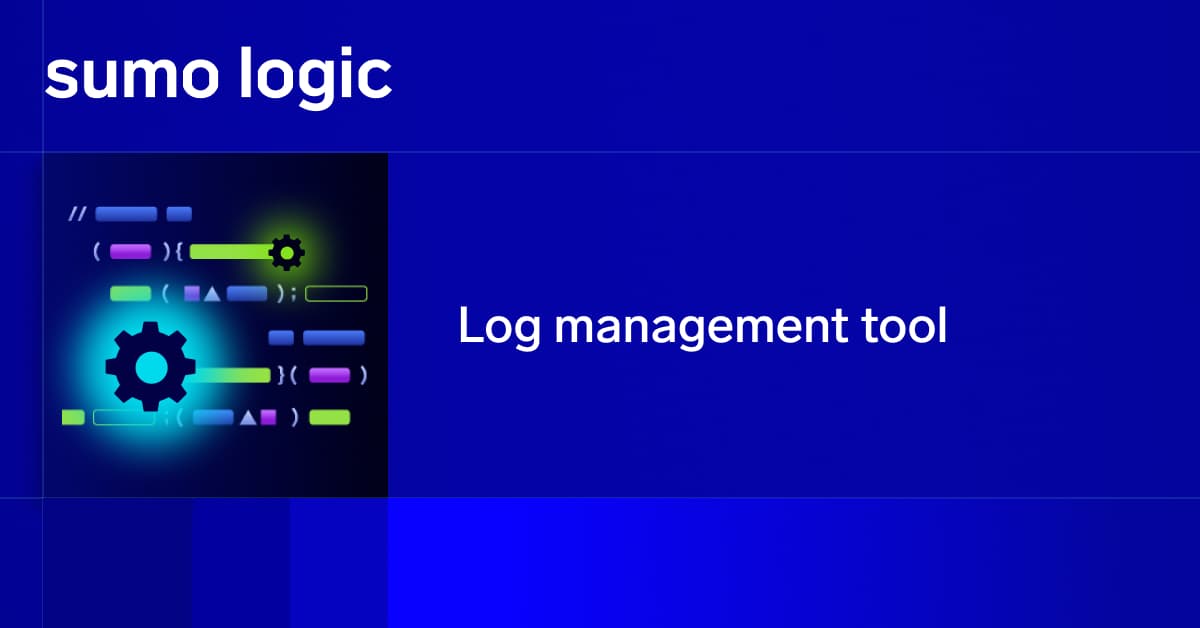complete visibility into every aspect of their business. At Sumo Logic, we make it our mission to democratize machine data and make it available for everyone, which allows organizations to gain the required visibility at each step. That’s why today, we are excited to announce the availability of Search Templates to our customers.
The Search Templates feature furthers that goal by making data easily accessible to less technical users within an organization. This access to data provides deeper visibility and enables teams across different business units to make informed decisions, faster and more efficiently.
Key Benefits of Leveraging Search Templates
Reduce application downtime
One of the major benefits of Search Templates comes in identifying issues such as production outages. In such instances, there’s a series of steps (generally from a playbook) that an on-call engineer must perform to rapidly identify and mitigate the issue. It typically starts with an alert that a specific component is behaving abnormally. When this alert triggers, the engineer examines an application dashboard and system-level metrics related to that component to identify specific areas for investigation. After that, the engineer would typically want to drill down into each of these areas to gather more information to help answer some basic questions, including:
- What is the root cause of the issue?
- Which customers are most affected by the issue?
- What areas of the product are affected by the issue?
Typically these playbooks are stored and executed from a set of documents, notes or scratchpads. Search Templates allow this tribal knowledge to come into Sumo Logic and make it easily accessible to a number of users. The operations team can create a set of standardized Search Templates that require engineers to only provide specific inputs (parameters), instead of requiring them to understand technical queries. These templates make it easy for the on-call engineer to drill down to specific log messages for a timeout, connection failure, etc. or determine which customers are the most impacted so support teams can engage with them quickly. The bottom line is that Search Templates allow operations teams to reduce their application downtime and maintain a good customer experience by reducing the friction for engineers to resolve their production issues.
Troubleshoot customer issues faster
This issue identification use-case applies to other teams as well. For instance, we have seen a lot of our customers, such as Lifesize and Samsung SmartThings, use Sumo Logic to help their support teams troubleshoot end-user issues. These support teams generally also have a well -defined set of steps that they perform in order to troubleshoot the issue affecting their users.
However, these support engineers are not typically savvy on building queries or scripts that replicate their troubleshooting steps. Search Templates make it easy to reproduce these playbook steps within the Sumo Logic platform in a standardized way, without requiring users to know any technical syntaxes.
A support engineer can quickly open up one of the templates, tweak certain parameters based on the user issue, get the relevant information, that would help them understand the issue, and take remedial action quickly. In working with our customers we have seen that these steps help customer support teams reduce the time to resolve issues by as much 90 percent.
Gain valuable insights
The key advantage of Search Templates — as outlined earlier — is reducing the friction for users to get value and insights out of their data without requiring mastery of a query language. Users can provide input using simple text boxes and dropdowns to quickly get back the data without having to waste time or resources learning complicated technical syntax. The autocomplete dropdowns in the text boxes prompt users to choose from a pre-specified list of values, removing the need to remember each and every value.
In addition, Search Templates allow users to input human-readable parameters like usernames and customer names and then substitute those with machine-optimized user and product IDs that are actually required to search the data. This significantly reduces the friction and learning curve for non-expert users, and reduces the amount time and effort needed to gain valuable insights from the complex underlying data.

Manage content more efficiently
Search Templates make the management of all Sumo Logic-related content easier for administrators as well as facilitate the capture of tribal knowledge in the organization. The feature promotes reusability of searches and dashboards. For instance, admins can create a single dashboard that can be used across different environments by using a parameter to toggle between environments. This reduces the number of content items that administrators have to manage. In addition, the reusability ensures that any changes that are made to content populates across all the relevant areas/systems.
What’s next?
If you are interested in learning more about Search Templates then check out this video.


